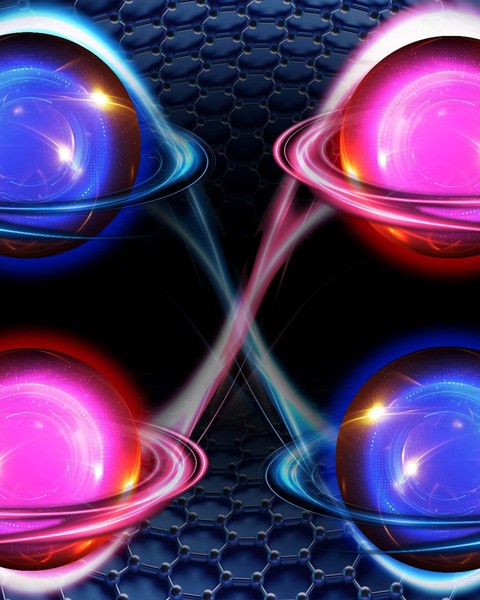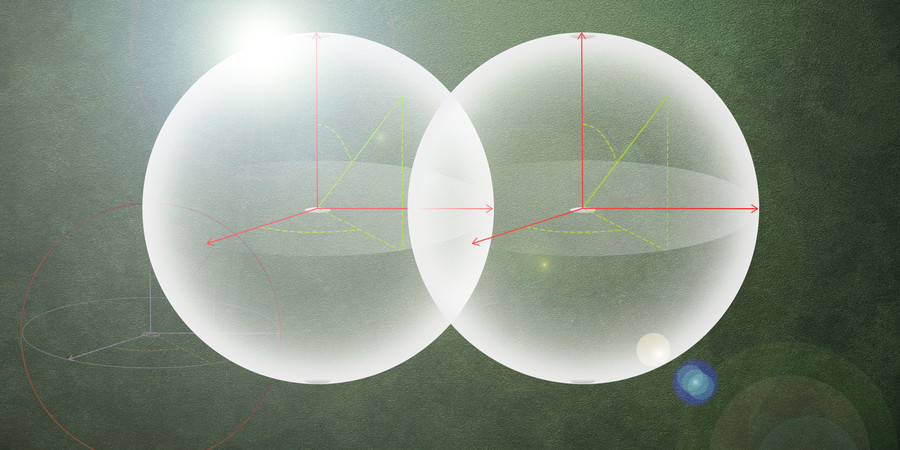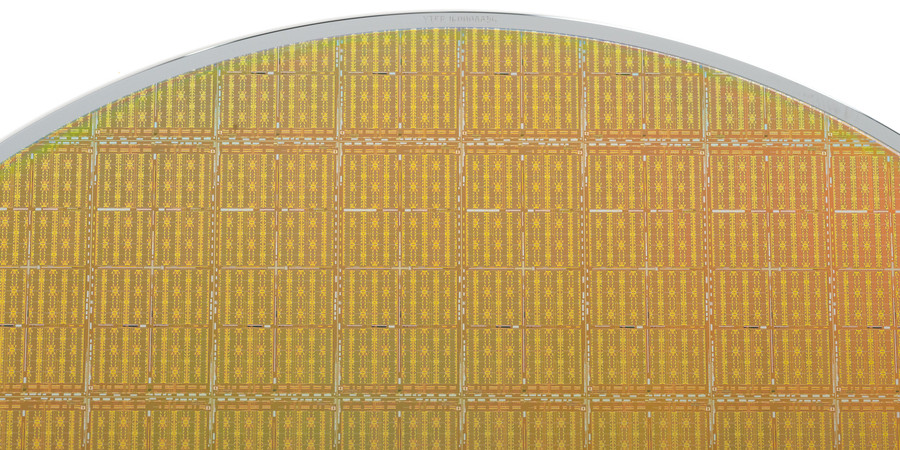October 18, 2023
Ordinary pencil lead holds extraordinary properties when shaved down to layers as thin as an atom. A single, atom-thin sheet of graphite, known as graphene, is just a tiny fraction of the width of a human hair. Under a microscope, the material resembles a chicken-wire of carbon atoms linked in a hexagonal lattice.
Despite its waif-like proportions, scientists have found over the years that graphene is exceptionally strong. And when the material is stacked and twisted in specific contortions, it can take on surprising electronic behavior.
Now, MIT physicists have discovered another surprising property in graphene: When stacked in five layers, in a rhombohedral pattern, graphene takes on a very rare, “multiferroic” state, in which the material exhibits both unconventional magnetism and an exotic type of electronic behavior, which the team has coined ferro-valleytricity.
“Graphene is a fascinating material,” says team leader Long Ju, assistant professor of physics at MIT. “Every layer you add gives you essentially a new material. And now this is the first time we see ferro-valleytricity, and unconventional magnetism, in five layers of graphene. But we don’t see this property in one, two, three, or four layers.”
The discovery could help engineers design ultra-low-power, high-capacity data storage devices for classical and quantum computers.
Complete article from MIT News.
Explore
MIT Engineers Advance Toward a Fault-tolerant Quantum Computer
Adam Zewe | MIT News
Researchers achieved a type of coupling between artificial atoms and photons that could enable readout and processing of quantum information in a few nanoseconds.
New Chip Tests Cooling Solutions for Stacked Microelectronics
Kylie Foy | MIT Lincoln Laboratory
Preventing 3D integrated circuits from overheating is key to enabling their widespread use.
III-Nitride Ferroelectrics for Integrated Low-Power and Extreme-Environment Memory
Monday, May 5, 2025 | 4:00 - 5:00pm ET
Hybrid
Zoom & MIT Campus




